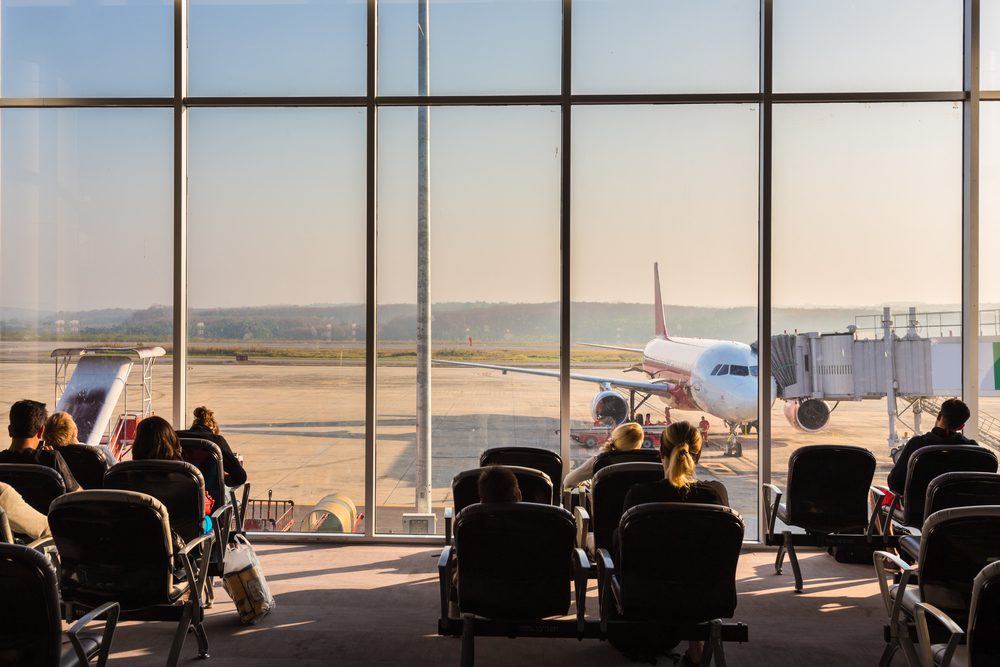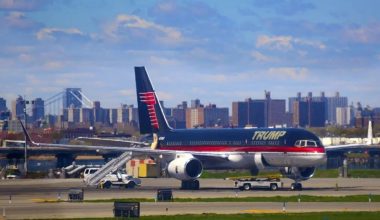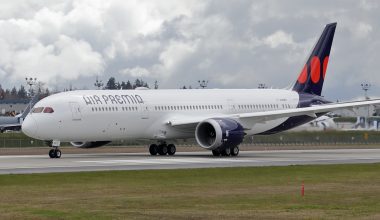Thousands of flights take off daily and land at major airports, eliciting the need for effective use of airport infrastructures. An airport slot is permission granted to airlines to access airport resources on a specific date and time for takeoff or landing. Congested airports, which have limited capacity to cater to actual or planned airline operations, pursue slot allocation mechanisms to ensure efficient use and distribution of available landing and takeoff slots in a non-discriminatory and transparent way.
Slot allocation is common at ‘coordinated airports’ where the level of demand significantly exceeds infrastructure capacity. As per the guidelines laid down by International Air Transport Association (IATA), worldwide airports are placed into three categories based on congestion level: Level 1 airport (capable of meeting users’ demands at all times), Level 2 airport (slot facilitated airport with less strict slot allocation principles, having the potential of congestion but can be managed through cooperation between carriers), Level 3 airport (coordinated airport with capacity shortages that requires slot allocation to prioritize and manage airline requests in an orderly manner.)

One can attribute coordinated airports (busy airports) as those having constrained capacity due to insufficient infrastructures but where more airlines are willing to fly. These airports account for over half of the air routes around the globe and hence must have slot systems to control the total number of flight movements and deal with the demand-capacity imbalance.
Airport slots: how are they allocated?
As we are now clear about the definition of Level 3 airports, it is also vital to understand how the airports set up slot systems for the flights. Airport slots are scheduled times when an aircraft may use the full range of airport infrastructures needed to arrive and depart. These slots are reserved for a specific period within which the airlines must land or depart.
Also Read: Nepal Airlines Corporation submits proposal for slot approval at TIA
Congested airports use the Worldwide Slot Guidelines of the International Airport Transport Association (IATA WSG) to control aircraft arrivals and departures and manage airline demand for their resources. It is a global standard and regulatory framework that deals with managing and re-allocating slots to airlines and ensures certainty of access, flexibility to blend and match slots, transparency of allocation, and sustainability of costs for airlines. While IATA is responsible for overall slot management, aviation regulators (e.g., FAA in the USA) administer the slots locally.

A carrier willing to operate service in a busy airport must request slots, after which the airport analyzes the request regarding runway capacity and approves the slot if the request is within the capacity. Following IATA norms, airlines must submit their flight schedules before the summer season (beginning March 27, 2022) and winter season (starting October 30, 2022, for the 2022-23 year). The slot allocation can vary each season for the airline, with slot coordinators prioritizing requests for airport slots depending on historic usage rights. Before the start of each season, the slot allocation is finalized for existing and new airlines via slot conference.
Airport Slot usage requirement
As slots are allocated due to insufficient infrastructures, airports ensure that capacity is maximized, enabling them to stay competitive and ultimately benefit airlines and the traveling public. The current guidelines require that airlines use the slots for at least 80% of each season in normal circumstances to retain the right to use them in the next equivalent season.
Carriers must keep hold of their slots and maintain 80% slot usage over six months. They can use the same slot in the next scheduling period. Some airlines even fly hundreds of near-empty planes to preserve their slot allocations. However, the ‘use it or lose it rule is often waived during widespread travel disruption, such as the SARS outbreak in 2003, the 9/11 attacks, and the recent coronavirus pandemic.

Airlines must return any slots they intend not to use so they can be reallocated to other operators. In case of suspension of operations, they must give up all slots for the rest of the season and inform the airport slot coordinator about later use. In the event of a merger or acquisition of an airline by another airline, the latter will hold onto coveted takeoff and landing spots.
To sum up, airport slot allocation manages the incoming and outgoing air traffic over some time at busy airports, ensuring the most efficient use of available airport capacity. It is vital to airline profitability and delivery of greater passenger numbers by the airline’s network for a better bottom line.






